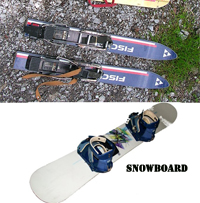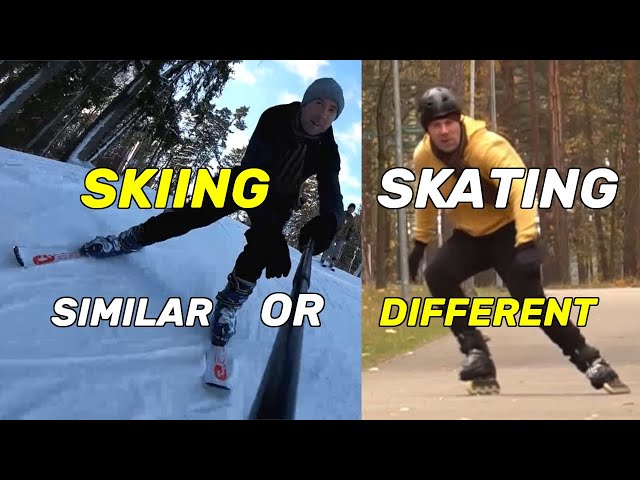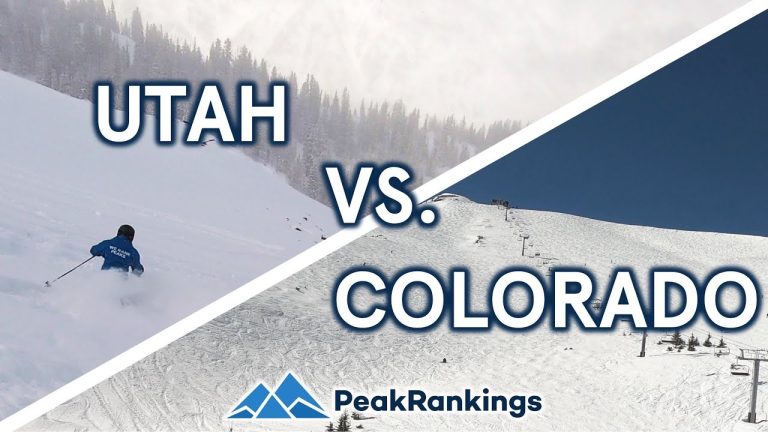What is the Difference between Skiing And Snowboarding?
When it comes to winter sports, skiing and snowboarding are two popular activities that attract enthusiasts from around the world. While both sports involve descending snow-covered slopes, there are significant differences between skiing and snowboarding that make them unique. In this article, we will explore the contrasts between these two exhilarating winter sports.
Skiing
Skiing has been around for centuries and is considered one of the oldest snow sports. Skiers use a pair of skis, which are long, narrow boards attached to their boots using bindings. The skis allow the individual to glide over the snow while using poles for balance and propulsion.
One of the key advantages of skiing is its versatility. Skis give skiers the ability to traverse various types of terrain, from groomed slopes to off-piste areas. Skiers have greater control over their movements, allowing them to easily navigate around obstacles and change directions swiftly.
Additionally, skiing provides better stability and balance due to the two separate skis. This can be particularly beneficial for beginners or those with concerns about balance. Skiers also have the flexibility to use different ski techniques, such as parallel skiing or carving.

Credit: www.snowskool.com
Snowboarding
Snowboarding, on the other hand, is a relatively newer winter sport that gained popularity in the late 20th century. Snowboarders use a single wide board, with both feet firmly strapped onto it through bindings. Unlike skiers, snowboarders face sideways on their boards.
Snowboarding offers a unique experience, as it combines elements of both skiing and surfing. The single board allows for a greater range of motion, making it easier to perform tricks and jumps. This makes snowboarding a popular choice for freestyle riders who enjoy terrain parks and halfpipes.
While snowboarding may be more challenging for beginners due to the learning curve of maintaining balance on a single board, it can be a thrilling and rewarding sport once mastered. The fluid movements and the sensation of gliding atop the snow make snowboarding an exhilarating choice.

Credit: www.differencebetween.net
Differences between Skiing and Snowboarding
| Aspect | Skiing | Snowboarding |
|---|---|---|
| Equipment | Uses two narrow skis, poles, and boots. | Uses a single wide board and boots. |
| Stance | Forward-facing, with skis parallel. | Sideways, with feet strapped perpendicular to the board. |
| Movements | Requires separate leg movements. | Allows for unified body movements. |
| Learning Curve | Can be easier for beginners due to stability and separate skis. | May be more challenging initially due to balancing on a single board. |
| Accessibility | Suitable for various terrains and conditions. | More suitable for terrain parks and freestyle riding. |
When choosing between skiing and snowboarding, it ultimately depends on personal preference, individual skill level, and the type of experience one seeks. Whether you opt for the versatility and stability of skiing or the freestyle thrills of snowboarding, both sports offer an exciting way to enjoy the winter season and explore snow-covered landscapes.
So, whether you decide to don a pair of skis or strap on a snowboard, get ready for an unforgettable adventure on the slopes!
Frequently Asked Questions On What Is The Difference Between Skiing And Snowboarding?
What Are The Main Differences Between Skiing And Snowboarding?
Skiing involves two separate skis, while snowboarding uses a single snowboard for gliding.
How Does The Learning Curve Compare Between Skiing And Snowboarding?
Snowboarding tends to have a steeper learning curve due to its one-board technique compared to skiing.
Which Is Better For Beginners, Skiing Or Snowboarding?
Skiing is often considered easier for beginners due to better weight distribution and accessibility.
Can You Switch From Skiing To Snowboarding Or Vice Versa Easily?
Switching between skiing and snowboarding is possible but may require relearning technique and muscle memory.




